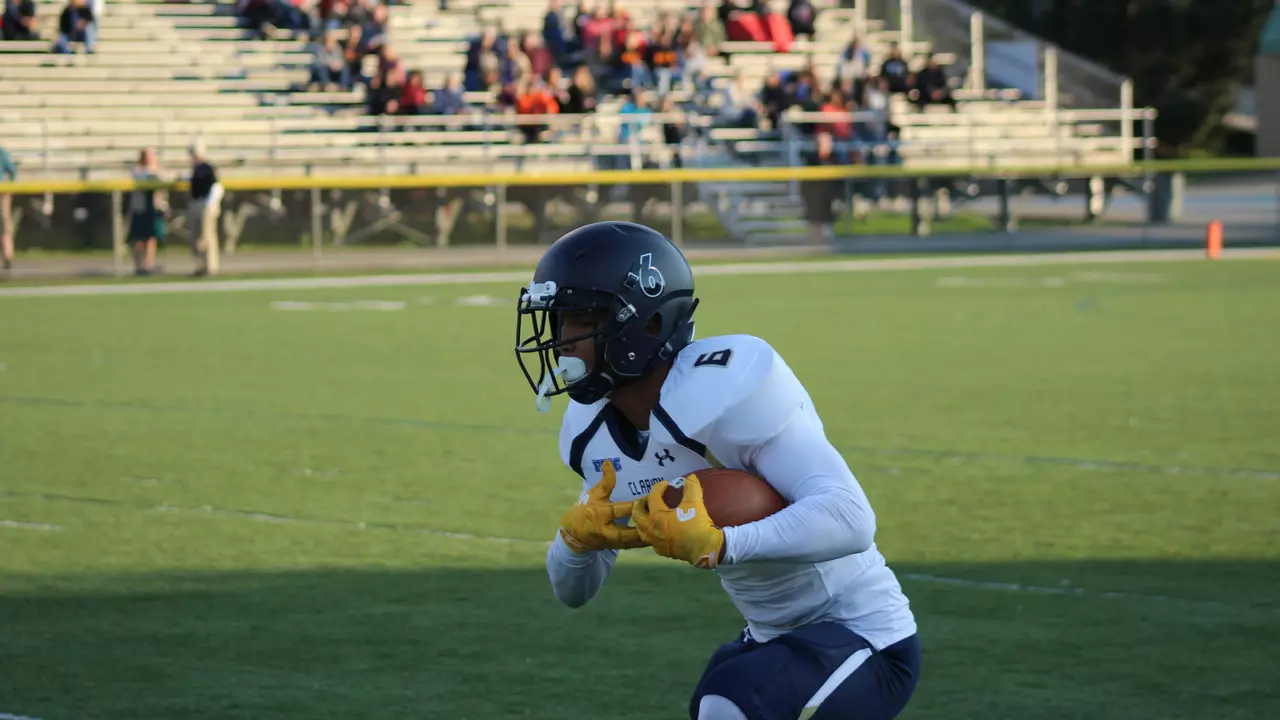Protective Gear Every Junior Soccer Player Needs
If you’ve ever watched a little one sprint after a ball, you know how fast things can get messy. A good set of protective gear is the cheapest way to keep those scrapes from turning into big worries. From shin guards that stop a nasty kick to the right pair of cleats for solid footing, the right gear lets kids focus on the fun, not the fear of injury.
Key Pieces of Gear
First up, shin guards. They’re non‑negotiable in any youth league. Look for a pair that covers the entire shin, has a soft inner lining, and stays snug with straps or elastic. A quick test: can you slide a finger under the guard? If you can, it might slip during play.
Next, the boots. Junior players need cleats that match the surface they play on. Soft‑ground (SG) studs are best for wet, muddy fields, while firm‑ground (FG) work on dry grass. Make sure the shoes fit tightly around the heel but give a little wiggle room for the toes – tight shoes can cause blisters, loose ones can cause twists.
Mouthguards are often overlooked, but they protect teeth and reduce concussion risk. A boil‑and‑bite model that you mold at home works fine for most kids. It should sit comfortably without you having to think about it.
Goalkeepers need a special set: padded gloves, a chest protector, and sometimes a padded jersey. Even an outfield player using their hands to block a ball benefits from a basic padded shirt.
Choosing the Right Fit
Size matters more than brand. Take your child’s measurements before you head to the shop or click ‘add to cart.’ For shin guards, measure from the top of the knee to the bottom of the ankle – most manufacturers list sizes that line up with that range.
When buying cleats, have your child try them on with the socks they’ll actually wear in games. They should feel secure without pinching. If they’re new to cleats, start with a lower‑priced pair; kids grow fast and you’ll want to upgrade later.
Mouthguards should be tested by biting down gently. If they feel too bulky or you can’t close your mouth, try a smaller size. A well‑fitted guard stays in place without you having to think about it.
Finally, check the league’s equipment rules. Some competitions require specific types of shin guards or forbid certain cleat spikes. Keeping up with the rulebook saves you a last‑minute scramble before a match.
In short, the right protective gear is about comfort, fit, and matching the playing conditions. When everything sits right, kids play harder, parents worry less, and the whole team enjoys the game more. So next time you gear up, spend a few minutes on the basics – it’s a small step that makes a big difference on the pitch.
